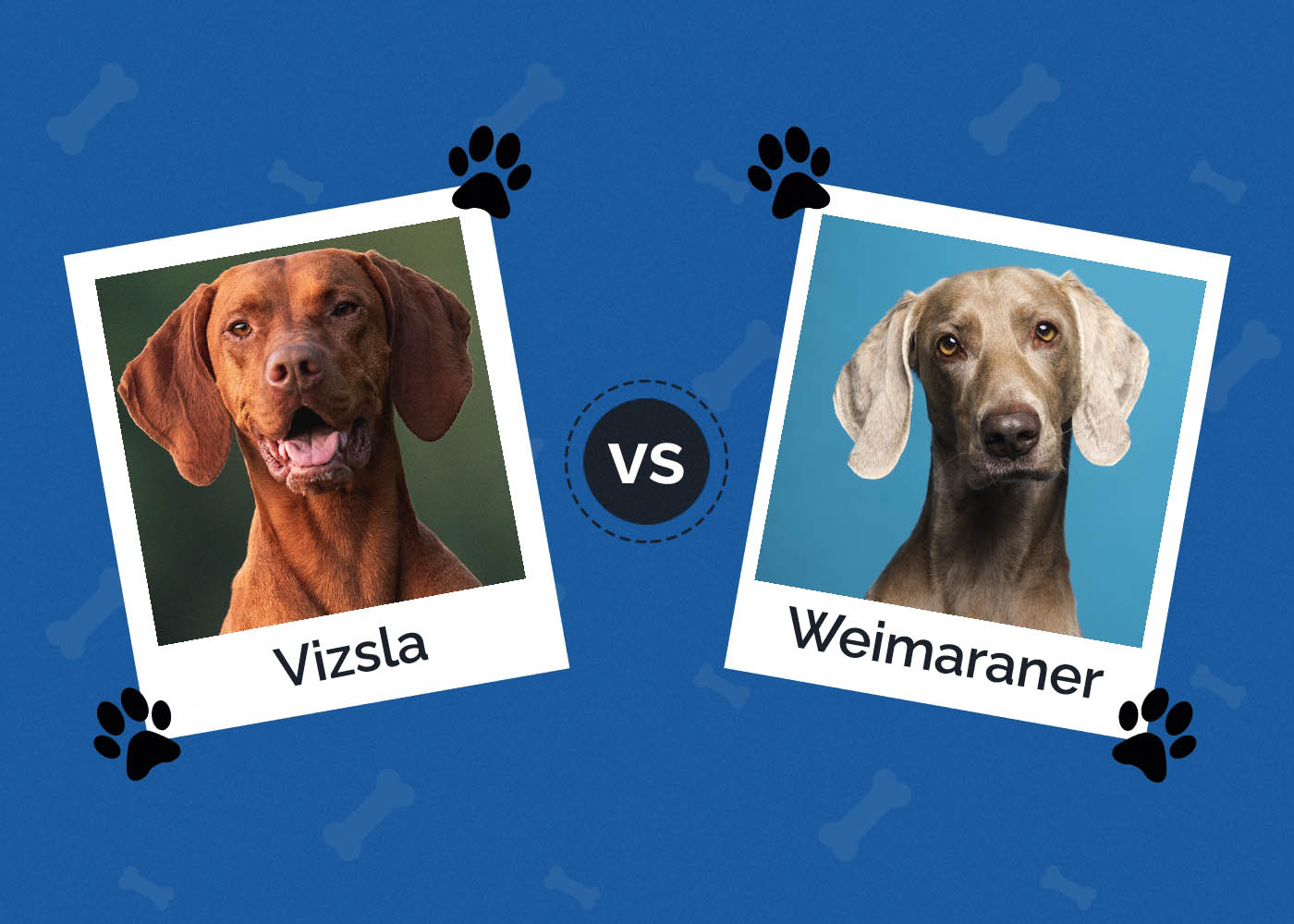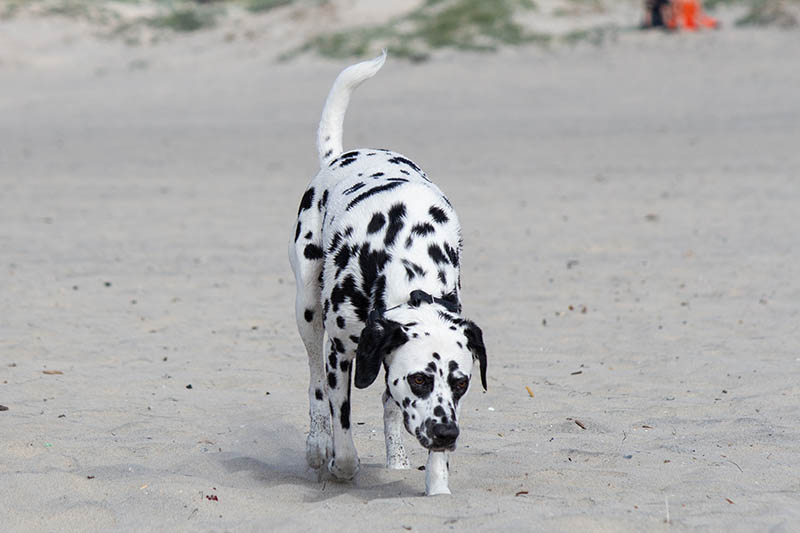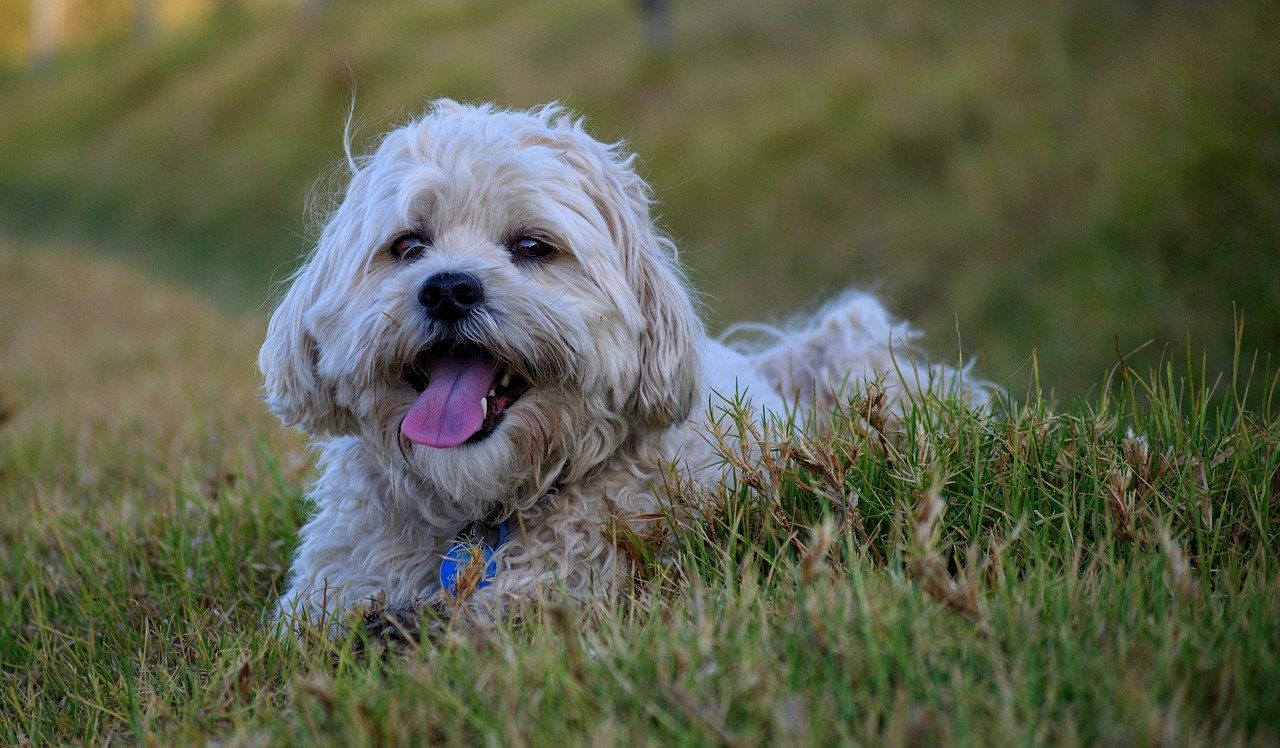Cane Corso Bullmastiff Mix: Info, Pictures, Traits & Facts

Updated on
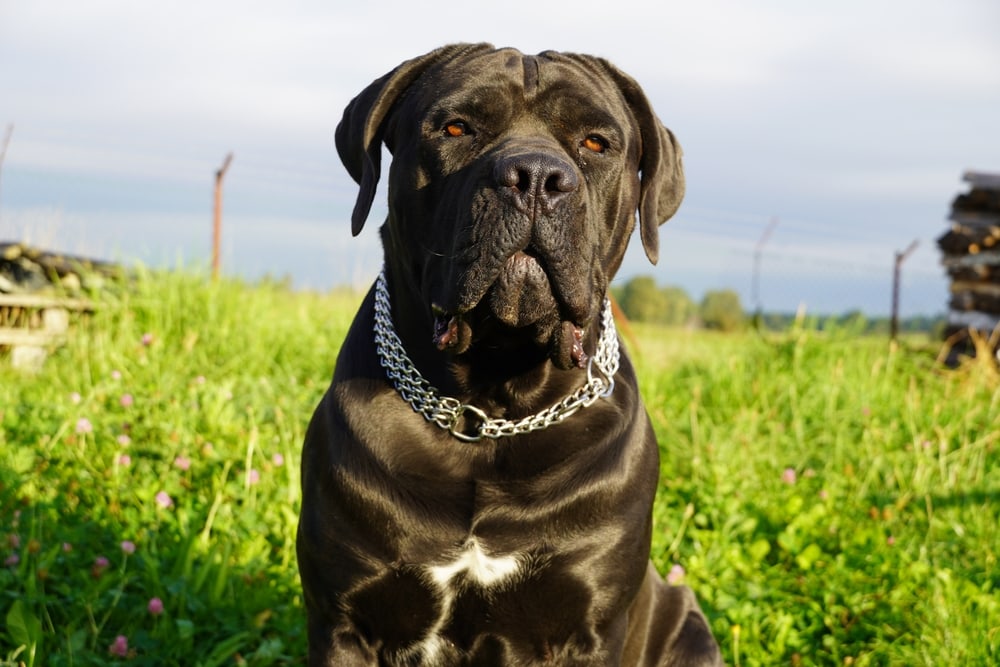
| Height: | 23.5–27.5 inches |
| Weight: | 88–110 pounds |
| Lifespan: | 9–12 years |
| Colors: | Black, gray, brown/chocolate, fawn, red |
| Suitable for: | Families looking for an active watchdog, experienced owner with a willingness to train |
| Temperament: | Loyal, brave, alert, protective, calm, affectionate, intelligent |
The Cane Corso Bullmastiff mix, as its name suggests, it’s a mix between a Bullmastiff and a Cane Corso, but it is still a mystery as to where and when the first mix was born. This large breed may be intimidating, but it inherits the best qualities from both its parents. Cane Corsos are known for being gentle giants, while Bullmastiffs are loved for their protective and loyal qualities, making this mix a great family companion. The Cane Corso Bullmastiff mix makes an excellent guard dog and an affectionate, loyal, and loving pet.
Many people are unfamiliar with the mix, but this article shares everything you need to know about its price, health, exercise, and grooming needs, and how it can make a great addition to your family.
Cane Corso Bullmastiff Mix Puppies
3 Little-Known Facts About Cane Corso Bullmastiff Mix
1. This Intimidating Breed has a Heart of Gold
While the Cane Corso Bullmastiff is large, strong, and intimidating, they are soft regarding their owners. They are highly protective, affectionate, and playful and are good with kids. They don’t bark a lot and are typically calm, but they are also territorial and won’t appreciate other dogs or humans intruding where they live.
2. This Hybrid is Part of an Ancient Breed
The Cane Corso was a warrior breed dating back to ancient Greece. When the Romans conquered the Greek Islands, the dogs were brought back to Italy and bred with Italian dogs. Over time the breed evolved into more well-rounded dogs, and with the combination of the Bullmastiff, the offspring share all the positive qualities of both parents.
3. Bullmastiffs Were Originally Trained Not to Bite
The Bullmastiff is not a traditional guard dog. It was taught not to bark or bite strangers or intruders but to track, pin, and hold them without attacking them. This quality is retained in this breed and the Cane Corso Bullmastiff mix, and they are now great family companions.
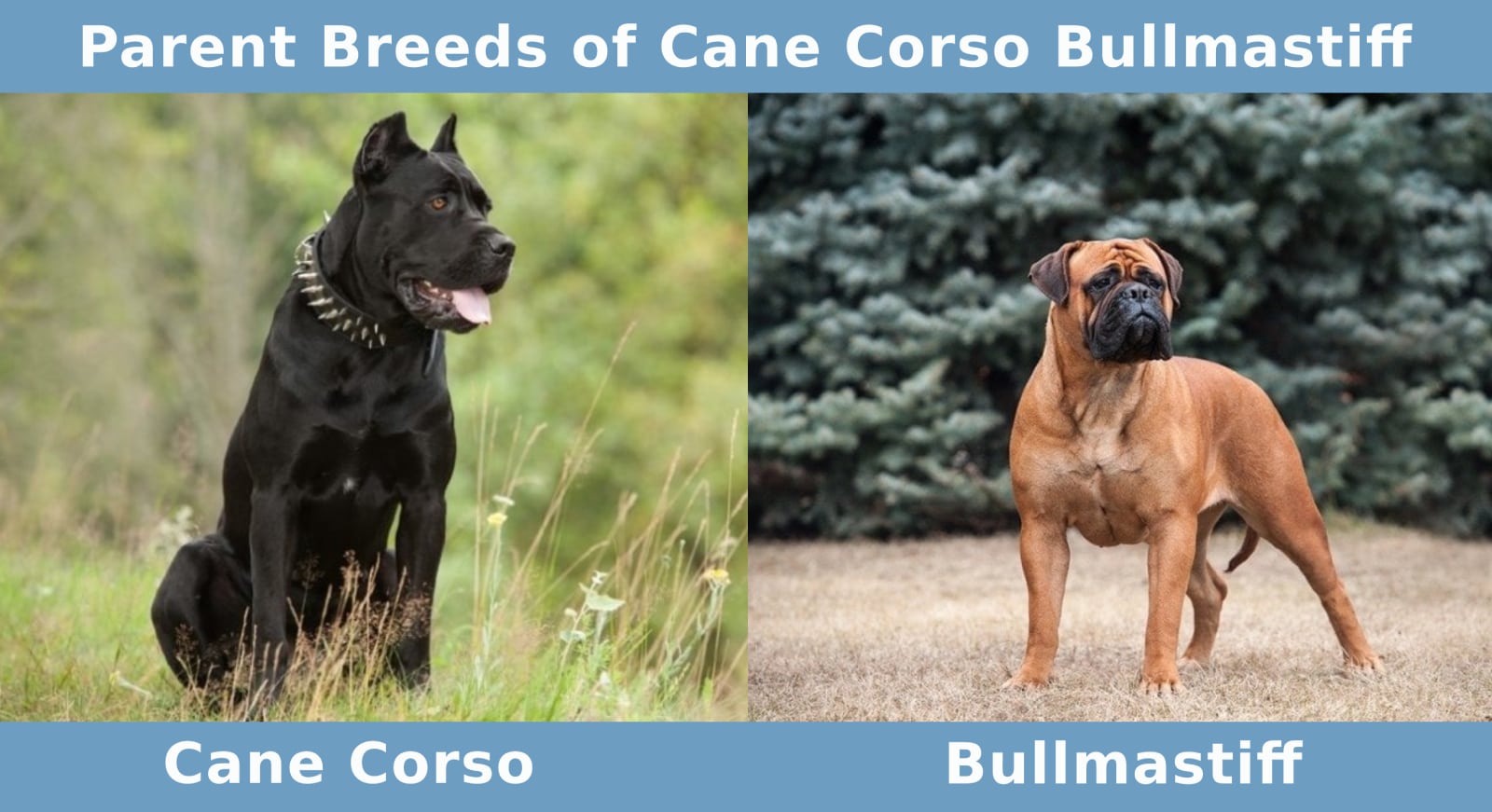
Temperament & Intelligence of the Cane Corso Bullmastiff Mix 🧠
The parent breeds of this mix were both bred as guard dogs and that quality stands out in the Cane Corso Bullmastiff mix. They are brave and protective, especially of their owners. They are also known for their big hearts and affectionate personalities and are highly intelligent dogs that respond well to training. The Cane Corso Bullmastiff is loyal and loving but will keep its affection for its own family.
Are These Dogs Good for Families? 🏡
These dogs will make great protectors for families as they are loyal and highly protective of their family and space. They are also known to be playful and affectionate, making great companions for all families, including kids. Proper early socialization and training are important, especially when they are added to a family with kids and other dogs.
Because of their large size, they may unintentionally knock younger kids, and they often do better with older children. The Cane Corso Bullmastiff is undoubtedly the ultimate guardian dog due to their combination of loyalty, intelligence, and strength.
Does This Breed Get Along with Other Pets? 🐶 😽
If Cane Corso Bullmastiffs are raised at home with other pets, they generally do well, but if a new dog is added to the family when the dog is older and set in its ways, it could be less tolerant.
The parents of this breed have a reputation for sometimes being aggressive towards other dogs, so socializing them as early as possible can help them get used to other dogs and pets and reduce the chances of conflict with new dogs or strangers. You can take your pup for daily walks where it gets to see and interact with other dogs, and if you can afford to do so, consider a doggy daycare, especially if you are away for most of the day, as this setting is perfect for getting your puppy used to other pets.
Things to Know When Owning a Cane Corso Bullmastiff Mix
Food & Diet Requirements 🦴
Cane Corso Bullmastiffs are large, active dogs that require a high-quality diet to meet their nutritional needs. When choosing the right food, it should be age-appropriate and approved by AAFCO.
Puppies are typically fed four times a day, while adult dogs are usually fed twice a day. The manufacturer of the food will typically provide instructions and guidelines for feeding. Because the Cane Corso Bullmastiff is highly active, it should receive more protein to keep its muscles and body in optimal condition.
You can find the protein source of your dog’s food listed on the label. Chicken, beef, eggs, lamb, fish, and meat meals are all excellent sources of protein. Meat meals are concentrated sources of protein that are highly nutritious, so when looking at ingredients, look for meals with specific names, such as “chicken meal.”
The parent breeds are also prone to obesity, so their weight should be monitored. However, it is also helpful to support their joint health by supplementing their diet with glucosamine, chondroitin, and MSM.
Exercise 🐕
The more exercise it gets, the better adjusted this dog will be. Your Cane Corso Bullmastiff will need at least two hours of exercise a day, which can be provided by walking, running, hiking, and playing. Puppies and senior dogs will require less exercise.
These dogs will enjoy a fun game of fetch, but tug-of-war games must be played with caution as they have the potential to encourage dominant and aggressive behavior.
Training 🦮
Cane Corso Bullmastiffs will thrive on having a job to do. Along with a desire to please their owners, they can be easily trained with perseverance and patience. They enjoy skills training, agility contests, and other activities that keep their minds stimulated. Lack of exercise and mental stimulation can result in destructive behaviors such as digging, jumping, and pawing.
Training sessions should take place every day but should be kept short, so your dog doesn’t lose interest and become bored. As with other large guard dogs, early socialization with people and other dogs is essential. Once the Cane Corso Mastiff is socialized correctly, it will form a strong bond with its owner and family.
Grooming ✂️
Cane Corse Mastiffs have short coats that don’t shed a lot and don’t require regular professional grooming. However, a weekly brushing will help to remove any loose hair. They will need a bath every 2–3 months; frequent shampooing can deprive the dog’s skin of its natural oils that are necessary for healthy skin and fur.
Check their ears for bad odors, redness, and wax buildup, and clean their teeth daily. Their nails will need to be clipped or filed regularly. The Cane Corso Mastiff is also prone to drool a lot, so you will need to monitor their facial skin and wipe it down if necessary.
Health and Conditions ❤️
- Allergies: Many dog breeds are prone to allergies from food or environmental allergens, such as pollen or fleas. When a dog experiences a reaction, their skin will usually become itchy, red, and flaky.
- Obesity: Obesity can cause stress on a dog’s body and lead to other health issues. A dog’s lifespan is reduced by one-third if it is 10% overweight and is prone to heart, kidney, and liver disease, as well as diabetes. Maintaining a lean body weight is ideal for all dogs, especially for large breeds.
- Demodectic Mange: Demodectic mange is a predisposed condition primarily transmitted from the mother during nursing. This is usually because a puppy’s immune system is still developing, but demodectic mange is not contagious to older dogs with robust immune systems.
- Eye Issues: The Cane Corso Bullmastiff may be prone to a few eye conditions leading to a loss of sight or infection. Common eye issues include cherry eye, glaucoma, entropion, and cataracts.
- Idiopathic Epilepsy: Idiopathic epilepsy is a spontaneous seizure disorder that develops in dogs from around 3 years old, with no known cause. There is no cure, but the condition can be managed with suitable medication, and your dog can still live a happy and long life.
- Bloat and GDV: Large-breed dogs are prone to bloat and GDV. GDV is when the stomach enlarges due to bloat and twists on itself, which can be life-threatening. While bloat can sometimes be treated, GDV requires life-saving corrective surgery.
- Hip Dysplasia: Hip dysplasia is a degenerative joint disease of the lower limbs and is a common cause of severe pain in large-breed dogs.
- Cancer: Large dogs are more prone to developing certain cancers. The incidence of lymphoma, one of the most common cancers in dogs, is significantly higher in Bullmastiffs.
Male vs Female
Cane Corso males and females have a loyal but dominant nature. However, males are typically more of a challenge to train and tame. This quality is vital to consider, especially if your Cane Corso Bullmastiff has more Cane Corso attributes. Bullmastiff males tend to be more needy, affectionate, and playful than females but also show more dominant qualities, especially if they are not neutered.
The Cane Corso Bullmastiff male weighs up to 130 pounds, while the female weighs up to 120 pounds. The females are typically a few pounds lighter and a few inches shorter than the males.
Final Thoughts
The Cane Corso Bullmastiff mix is a hybrid that carries the positive qualities of both its parents. While these large pups may be intimidating, they are not inherently aggressive but are excellent guard dogs. They require a strong owner, a large living space, and more training than other large breeds.
They are good with kids and other pets but may be suspicious of new faces and strangers, and this mix may not be the best breed for families with young children. They need daily training and at least two hours of exercise a day. While their grooming needs are low, one downside is that they drool a lot which can be a little inconvenient, and their facial skin will need to be checked regularly.
While they are loving, affectionate, playful, and have a heart of gold, they have a short life span, but that short time with them will certainly be remarkable.
Related Read:
- Cane Corso Catahoula Mix: Info, Pictures, Facts & Traits
- Bullmastiff vs. Cane Corso: The Differences (With Pictures)
Featured



